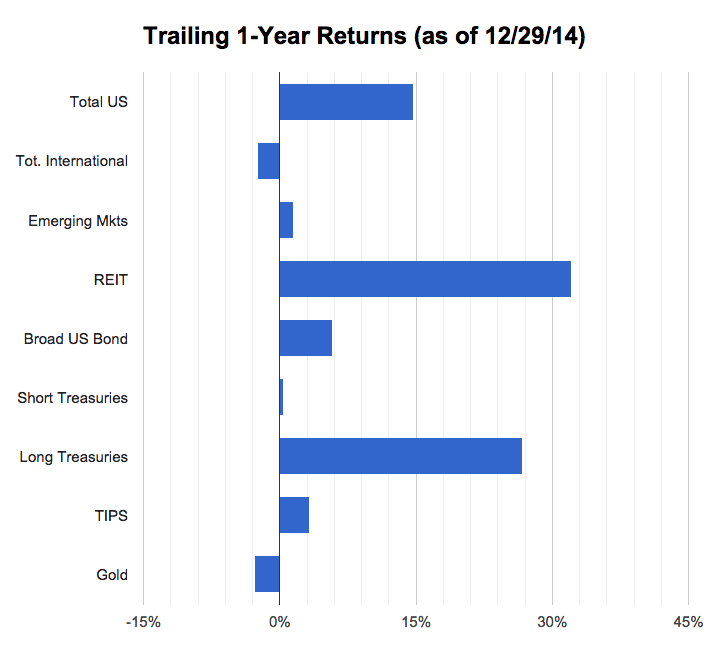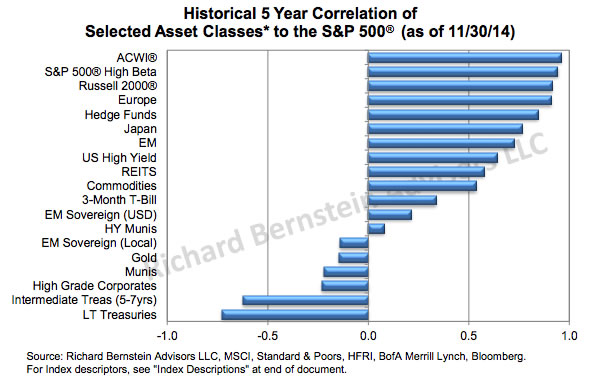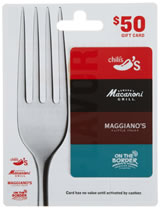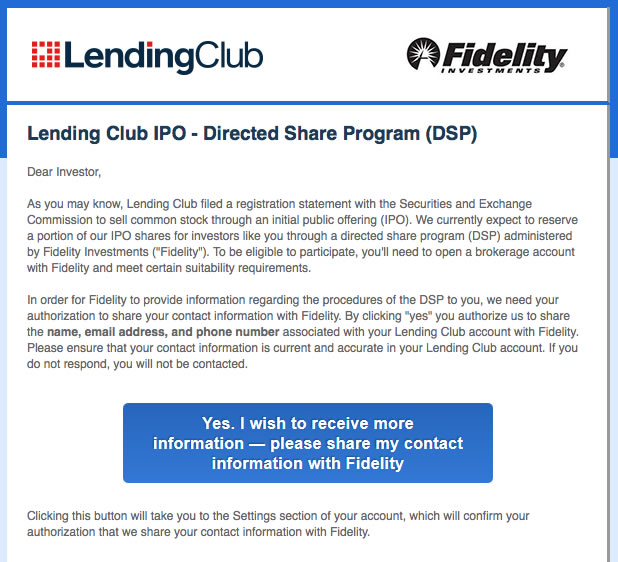I don’t always check my portfolio performance, but when I do, I do it at the end of the year. Here are the trailing 1-year returns for select asset classes as benchmarked by passive mutual funds and ETFs. Return data was taken from Morningstar after market close 12/29/14.

Stocks. The Total US Stock Market (VTI) went up nearly 15%, while the rest of the world’s markets (VXUS) dropped around 3%. Europe specifically struggled, and Emerging Markets (VWO) only eeked up 1.5% total return. US REITs (VNQ) went on a tear, up 32%.
Bonds. The Total US Bond Market (BND) went up ~6%, even though most market pundits thought rates would go up in 2013. Short-Term Treasuries (SHY) were mostly unchanged, while Long-Term Treasuries (TLT) shot up 27%. Inflation-linked TIPS (TIP) inched up 3%.
Gold (GLD) had its gyrations but ended the year with very little change, down ~3% over the past year.
In the end, nothing really went down that much and a few things did really well. It was another year where half of the predictions were wrong, and new predictions will no doubt sprout up soon. Business Insider has a hilarious post on completely meaningless market phrases that sound smart. On that note, my official position will be “cautiously optimistic” for 2015.
The overall asset allocation of my personal portfolio hasn’t changed much since my October 2014 update, but I’ll probably do a final update once the year is officially over. Some quick calculator work indicates the overall 2014 return to be roughly 7%.



 If you celebrate Christmas, you may have seen this quote about keeping with true values behind the holiday:
If you celebrate Christmas, you may have seen this quote about keeping with true values behind the holiday: 

 Movie streaming service EPIX and the NHL are giving away a
Movie streaming service EPIX and the NHL are giving away a  Amazon runs various temporary “Lightning Deals”, but if you filter to only show the Gift Card deals you’ll see a running list of
Amazon runs various temporary “Lightning Deals”, but if you filter to only show the Gift Card deals you’ll see a running list of 

 Businessweek magazine celebrated their 85th anniversary by listing what they deem the 85 inventions with the greatest impact over the last 85 years. #1 was jet engines, but #17 was the fixed-rate mortgage.
Businessweek magazine celebrated their 85th anniversary by listing what they deem the 85 inventions with the greatest impact over the last 85 years. #1 was jet engines, but #17 was the fixed-rate mortgage. The Best Credit Card Bonus Offers – March 2024
The Best Credit Card Bonus Offers – March 2024 Big List of Free Stocks from Brokerage Apps
Big List of Free Stocks from Brokerage Apps Best Interest Rates on Cash - March 2024
Best Interest Rates on Cash - March 2024 Free Credit Scores x 3 + Free Credit Monitoring
Free Credit Scores x 3 + Free Credit Monitoring Best No Fee 0% APR Balance Transfer Offers
Best No Fee 0% APR Balance Transfer Offers Little-Known Cellular Data Plans That Can Save Big Money
Little-Known Cellular Data Plans That Can Save Big Money How To Haggle Your Cable or Direct TV Bill
How To Haggle Your Cable or Direct TV Bill Big List of Free Consumer Data Reports (Credit, Rent, Work)
Big List of Free Consumer Data Reports (Credit, Rent, Work)